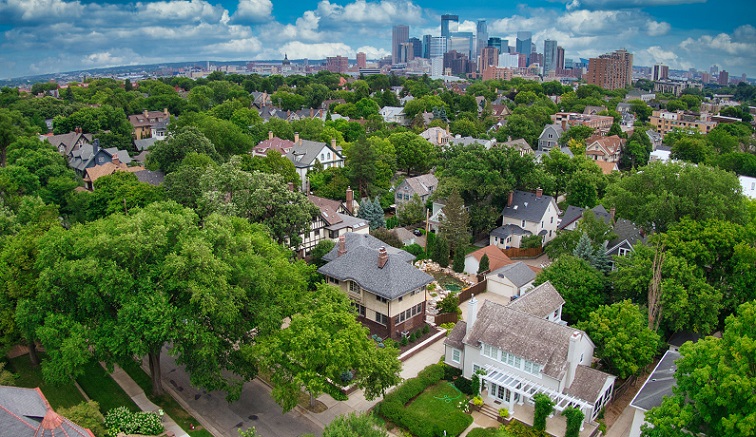Property maintenance
We explain what you need to do to maintain your home or rental property in Minneapolis.

Explore this section
Related links
Housing code
We explain the process the City follows to condemn or demolish a building. You can also see our rules for vacant and boarded buildings.
Contact us
Regulatory Services
Phone
Address
Public Service Building505 Fourth Ave. S., Room 510Minneapolis, MN 55415


